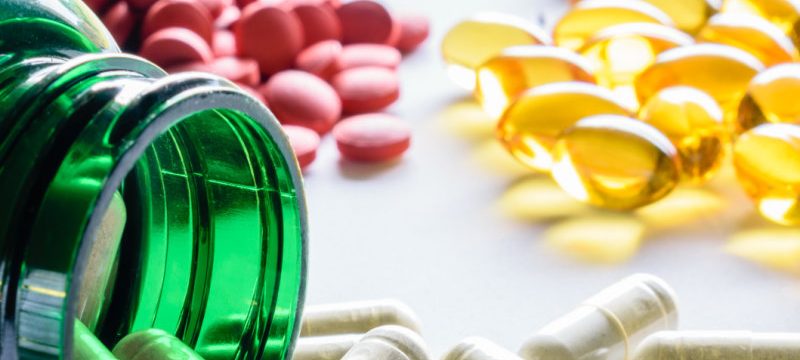The Australian Sports Anti-Doping Authority warned athletes less than a year ago "Ligandrol" was appearing regularly in drug tests and had potential health risks for the heart and liver.
Ligandrol, also known as selective androgen receptor modulator (SARM) LGD-4033, was found in Australian swimmer Shayna Jack’s positive drug test earlier this month.
Jack revealed on Sunday night she had failed both her A and B samples but protested her innocence claiming she must have consumed something contaminated with the substance.
On November 6 last year ASADA issued a blog post on the substance stating it had appeared in 17 failed drug tests since 2015 despite the substance having only "scarce" medium to long term clinical trials which means its long term health impacts are unknown.
The blog post stated: "LGD-4033, originally developed for the treatment of muscle wasting conditions such as ageing, osteoporosis, muscular dystrophy and cancer, is promoted as a selective non-steroidal anabolic agent," it read.
Ligandrol is listed as a schedule four drug by the Australian Therapeutic Goods Administration and is strictly a prescription only medicine or animal remedy.
The ASADA post also said possession of the substance without appropriate authority was illegal.
ASADA wasn't able to supply information before deadline on the possible ban facing Australian athletes who are found to have used Ligandrol.
Veteran NBA centre Joakim Noah tested positive to Ligandrol use in March 2017 and was suspended for 20 games under the NBA's anti-drug policy.
USADA, the US governing body, banned a mixed martial arts athlete for four months and fined him US$4000 after taking a substance which contained Ligandrol but was not listed in the ingredients.
According to USADA's release on the case, the UFC anti-doping policy and World Anti-Doping Body code allow for reduced sentences for "contamination" in the sport and the product the MMA athlete took was put on a list of "high risk supplements".
Source: Read Full Article
